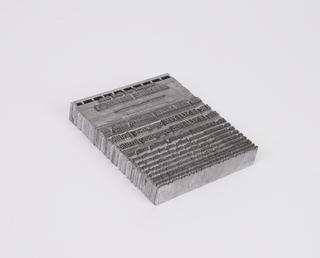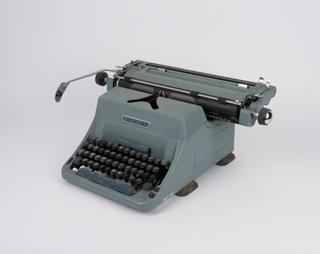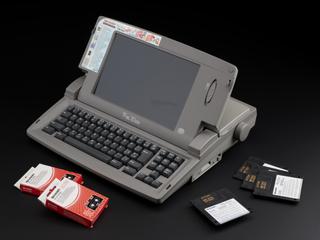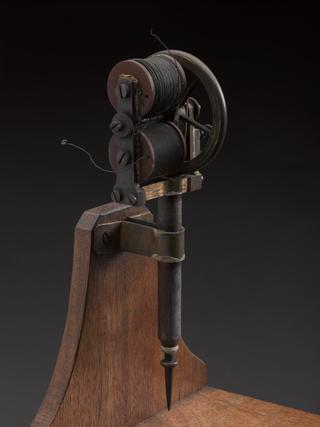‘Unimaster’ Dust Extractor used by Monotype Corporation
‘Unimaster’ dust extractor, made by Dust Control Equipment Limited, Leicester, England, 1975-1984. Part of the equipment used in the production system for Monotype matrices.
More
There are 82 separate processes needed to transform a designer’s drawing (of a letter, figure, punctuation, or symbol) into a piece of Monotype metal type for printing. A pantograph is used to trace and cut the letter from a copper pattern into a piece of steel called a punch. After being hardened, the punch is driven into a piece of bronze using a crank press to produce a matrix. The finished matrix is ready to go to the Monotype Composition Caster where molten metal is pumped through a mould against the matrix to produce a piece of type.
This machine is one of many machines used in the process to make a 0.2 inch or 0.4 inch matrix.
The Type Archive has a functioning Monotype matrix workshop containing around 70 machines and pieces of equipment. It is the only one of its kind in the world and matrices are still produced for customers.
- Measurements:
-
overall: 2500 mm x 1000 mm x 780 mm,
- Materials:
- steel (metal) , aluminium alloy , carborundum and leather
- Object Number:
- 1995-1551/1
- type:
- extractor






